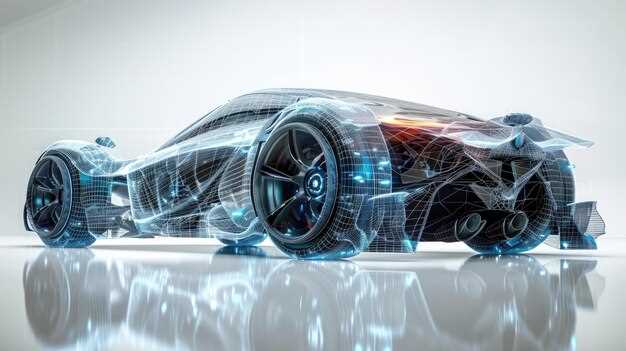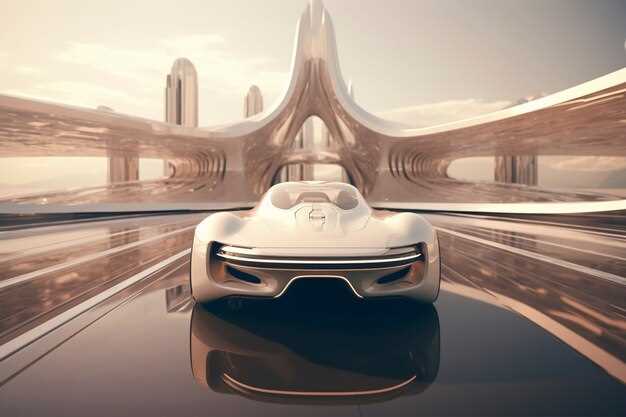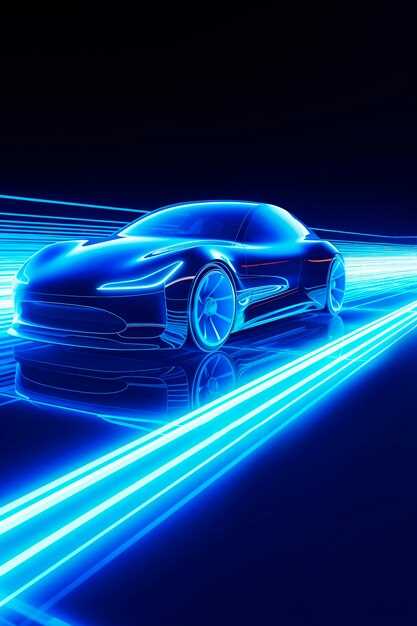Future Concepts for VW Electric Race Cars

The future of motorsports is electric, and Volkswagen (VW) is at the forefront of this revolution with its innovative designs for electric racing vehicles. As the automotive industry shifts towards sustainable practices, VW’s commitment to electric technology is reshaping the racing landscape. By combining cutting-edge engineering with bold concept designs, VW is not just creating cars; it is redefining performance in a way that respects the environment.
Electric racing vehicles by VW are engineered to deliver unprecedented speed and agility while minimizing their ecological footprint. The incorporation of advanced battery technology allows these electric cars to offer remarkable range and performance capabilities. Each concept car embodies a perfect blend of power, efficiency, and futuristic aesthetics, making them stand out on both the track and the design stage.
Moreover, VW’s approach to electric racing emphasizes the potential of innovation to captivate audiences and enthusiasts alike. By pushing the boundaries of traditional race car design, VW is not only enhancing driver experience but also inspiring a new generation of automotive enthusiasts to envision what racing can become in an electric era. This commitment to innovation is what sets VW apart in the competitive world of motorsports.
Integration of Lightweight Materials for Enhanced Performance
The integration of lightweight materials in VW electric racing vehicles plays a pivotal role in enhancing performance and efficiency. By reducing the overall weight of the car, manufacturers can achieve improved acceleration, handling, and energy efficiency, critical factors in competitive racing environments.
One of the primary materials utilized in this integration is carbon fiber. This composite material is not only lighter than traditional steel but also offers superior strength, making it ideal for the aerodynamic structures of electric racing cars. The application of carbon fiber components in the chassis and body panels allows VW to enhance the structural integrity while minimizing weight.
Another significant lightweight material is aluminum, favored for its combination of low weight and high resistance to corrosion. VW electric vehicles incorporate aluminum in various structural elements, which contributes to a decrease in energy consumption and an increase in overall performance on the track.
Furthermore, advancements in manufacturing techniques, such as 3D printing, have enabled more efficient use of lightweight materials. This technology allows for the production of complex shapes and optimized designs that can further minimize weight while maintaining the required strength and durability.
Moreover, the use of innovative composite materials, like fiberglass and hybrid composites, continues to expand in the design of electric racing vehicles. These materials enable economic and performance advantages, facilitating a reduction in material waste and contributing to a more sustainable racing approach.
In conclusion, the integration of lightweight materials is essential for enhancing the performance of VW electric racing cars. By utilizing advanced composites and innovative manufacturing techniques, VW can create vehicles that are not only faster and more agile but also more efficient, aligning with the goals of modern electric racing.
Advanced Aerodynamics: Reducing Drag in Concept Cars

In the realm of electric vehicle development, particularly for VW’s electric racing models, advanced aerodynamics plays a crucial role in enhancing performance and efficiency. By reducing drag, these innovative designs not only improve speed but also extend the range of electric cars, making them more viable for competitive racing.
One of the key strategies in achieving lower drag coefficients is the optimization of vehicle shapes. VW engineers focus on streamlined silhouettes that minimize airflow resistance. This involves smooth contours that channel air efficiently around the car, thereby reducing turbulence and drag force.
Furthermore, the integration of active aerodynamic elements, such as adjustable spoilers and air curtains, allows for real-time modifications based on speed and driving conditions. These features enable the VW electric racing vehicles to adapt dynamically, enhancing downforce when needed and optimizing airflow to reduce drag during straight-line speeds.
Materials also play an essential role in aerodynamic efficiency. The use of lightweight composites ensures that the overall mass of the vehicle is reduced, which, when combined with aerodynamic enhancements, leads to improved acceleration and handling dynamics. VW is exploring how these materials can be shaped to further refine the aerodynamic profile of their concept cars.
Additionally, wind tunnel testing and computational fluid dynamics (CFD) simulations are integral tools in the design process. These methodologies allow for precise analysis of airflow characteristics around the vehicle, helping engineers make informed decisions to fine-tune designs before physical prototypes are built. This meticulous attention to aerodynamic details is what sets VW’s electric racing vehicles apart in a competitive landscape.
Ultimately, advanced aerodynamics not only reduces drag but also creates a more sustainable racing platform. As VW continues to innovate, prioritizing these aerodynamics will ensure that their electric cars remain at the forefront of racing technology, showcasing the perfect blend of performance and efficiency.
Battery Innovations: Maximizing Range and Charging Speed

The evolution of electric racing vehicles, particularly in the context of VW’s innovative designs, hinges significantly on advancements in battery technology. Maximizing range and charging speed is crucial for enhancing performance and competitiveness on the track.
Recent breakthroughs in battery chemistry, such as solid-state batteries, offer a promising alternative to traditional lithium-ion cells. These next-generation batteries boast higher energy density, allowing VW electric racing cars to achieve greater range without increasing weight. Additionally, solid-state batteries have shown enhanced thermal stability, which is vital for high-performance environments, reducing the risk of overheating during intense racing conditions.
Another focal point in battery innovation is the implementation of fast-charging technologies. By integrating ultra-fast charging systems, VW can drastically reduce downtime during races. Advanced cooling mechanisms and smart charging protocols ensure that batteries can receive high power levels without compromising their lifespan, enabling quick recharges between heats.
Moreover, VW’s conceptual designs incorporate energy management systems that optimize battery usage in real-time, balancing performance demands with energy efficiency. Utilizing regenerative braking, these systems capture energy that would otherwise be lost, funneling it back into the battery to extend range during races.
To further augment efficiency, VW is exploring the use of lightweight materials in battery casings, which enhances overall vehicle performance by lowering the center of gravity and improving handling. These innovations are pivotal for turning the concept of electric racing into a formidable reality, aligning with the growing demand for sustainable motorsport solutions.



